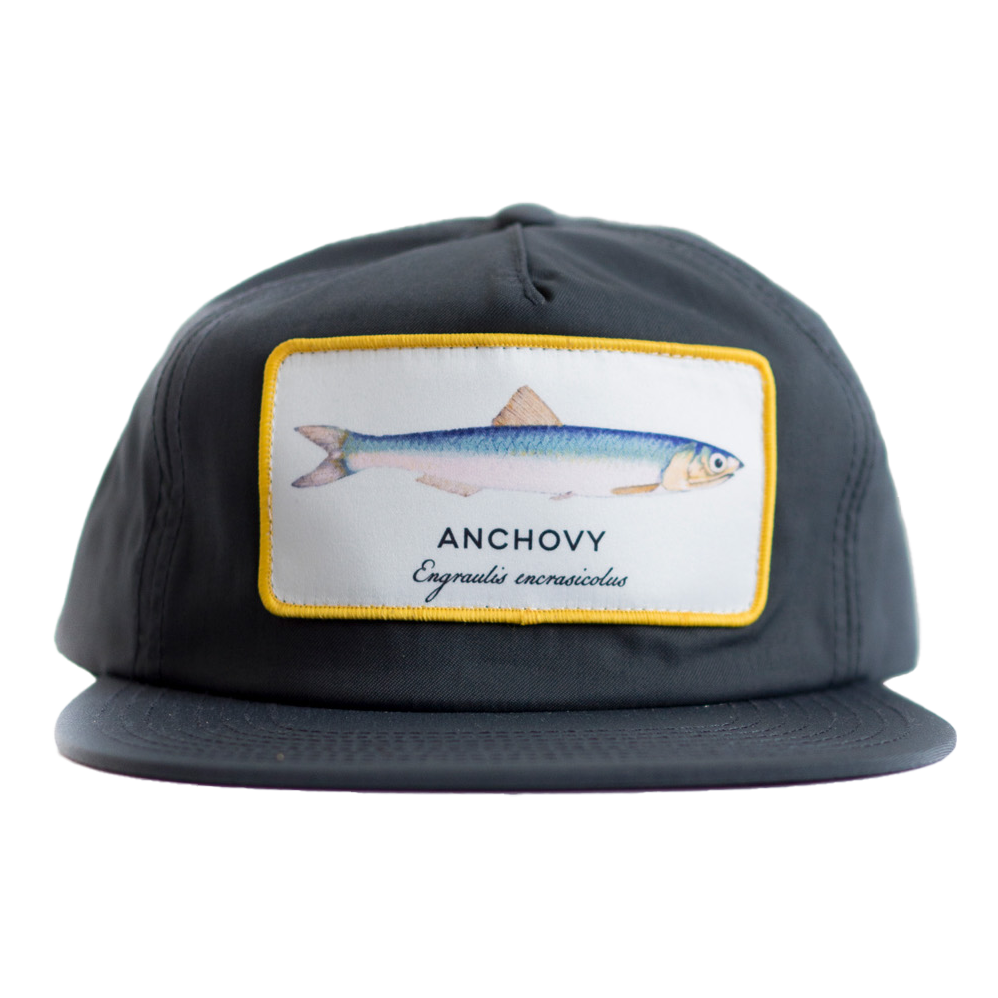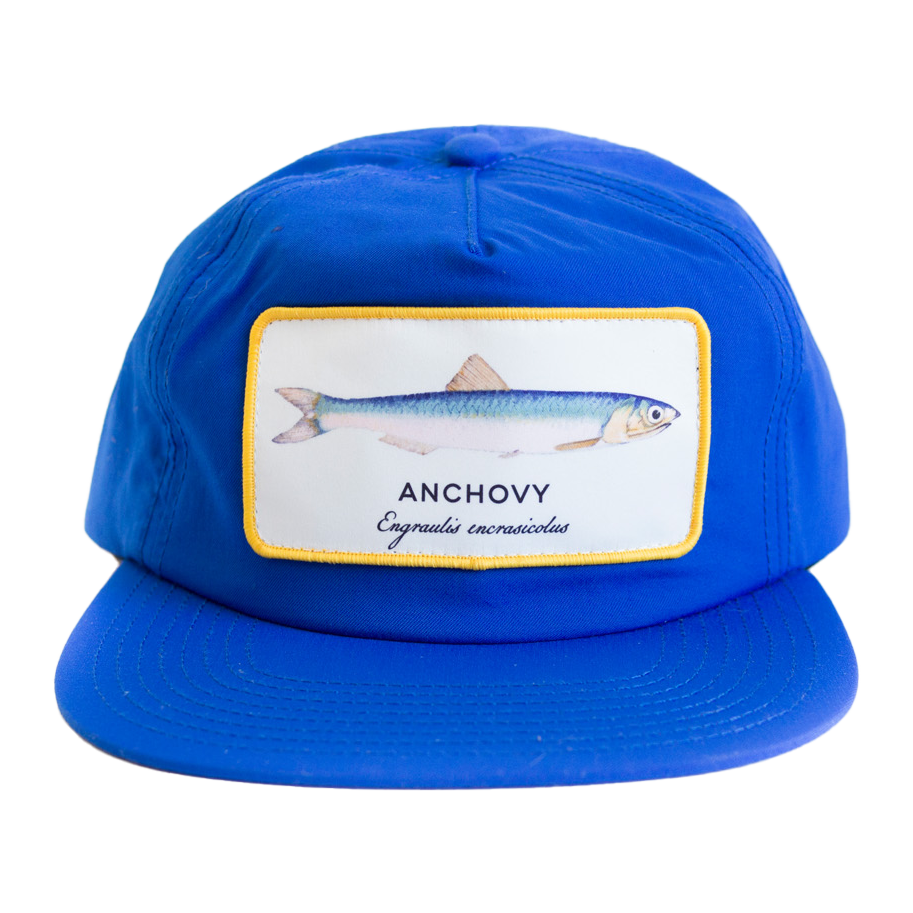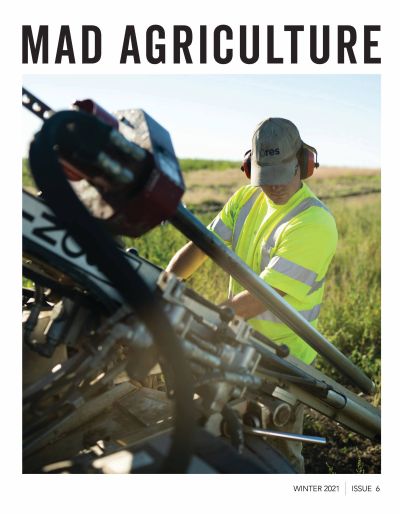
The Mad Agriculture Journal
Anchovy
Published on
November 12, 2021
Written by
Philip Taylor
Photos by
Jane Cavagnero
Anchovies, like Herring, are often called forage fish because whales, seabirds, sharks, tuna, salmon, dolphins and sea lions heavily rely on them for food. These fish are the central cog (sorry for the mechanic metaphor) of oceanic ecosystems. Humans have decimated wild populations. Rather than eat these delicious fish, we grind them up for fishmeal to make animal feed, fertilizer and other agriculture products. About 20 lbs. of anchovies are used to raise 1 lb. of tuna - a bogus and inefficient way to work with the beauty of the Earth.

Growing up, I thought anchovies were disgusting. They were served on pizza and smelled awful. Then something happened. My brother, Bradford Taylor, and comrade, Josh Eubank, taught me how to make boquerones en escabeche. I was enthralled with freshly caught anchovies and sardines. My joy was uncontainable as I worked in the cramped kitchen of Ordinaire. Josh reprimanded me every few minutes for handling the muscle too vigorously. The tender & oily tissue, the subtle differences in every fish, from eye, cheek and muscle color, the bizarrely high ratio of muscle to viscera and bone, the translucent scales and cerulean backs.
I could wax on about anchovies as being the great connector of sea and sky, things seen and unseen. However, what stands out most to me most is the reminder that I can change. My culinary experience helped completely reverse my opinion of the anchovy, and in turn, invited me into a world of its deeper ecology and importance.

